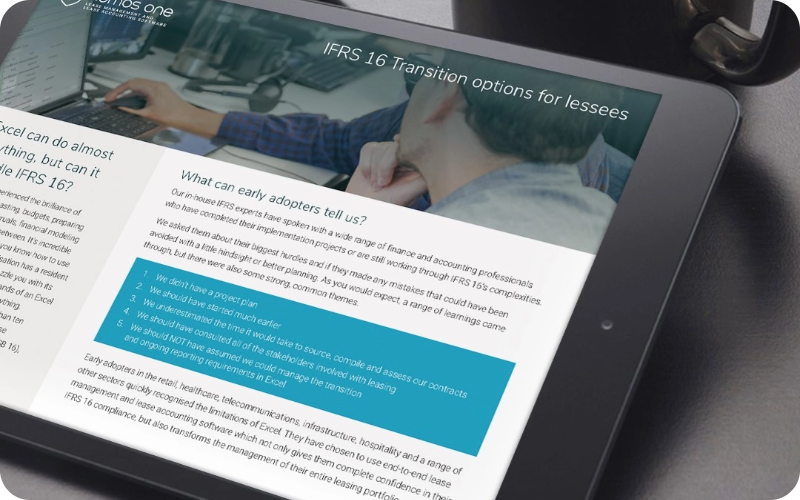Effective lease portfolio management is crucial for businesses to optimise asset utilisation, minimise costs, and ensure compliance with lease accounting standards. Properly managing leases can significantly impact a company's financial health and operational efficiency. With strategic oversight of your lease portfolio, you can avoid costly pitfalls and make more informed business decisions. This article delves into the strategic insights and best practices for lease portfolio management with precision.

Comprehensive lease portfolio analysis
Conducting a thorough analysis of your lease portfolio to understand the full scope of your lease commitments is the foundation of effective lease portfolio management. This involves identifying all lease agreements, including lease terms, lease payments, and lease conditions.
The next step is evaluating the composition of your lease portfolio. This includes examining the types of assets leased, the duration of these leases, and their expiration dates. Such an evaluation helps you understand the lifecycle of your leases and identify areas for optimisation.
Risk assessment and mitigation strategies
Risk assessment is another critical component of lease portfolio management that helps prevent unforeseen issues and uncertainties surrounding lease renewals. Key risks may include lease term mismatches, residual value risks, and lease renewal uncertainties. It is important to develop proactive strategies to address these risks, such as diversifying lease terms, negotiating favourable lease conditions, and implementing flexible lease renewal options. Proactive risk management ensures your lease portfolio remains robust and adaptable to changing business needs. These strategies can reduce exposure to unfavourable conditions and provide a more stable lease portfolio.
Optimisation of lease terms and conditions
It is paramount to optimise lease terms and conditions to align with your business objectives and financial goals. This may involve renegotiating lease rates, securing lease incentives, and ensuring favourable termination clauses, which can enhance operational efficiency and financial performance. During negotiations, aim for terms that maximise value and provide flexibility. Favourable lease terms can significantly impact your financial outcomes and operational flexibility, making adapting to changing business needs easier.

Technology adoption for lease management
Adopting technology solutions is essential for modern lease portfolio management. Leverage lease management software to streamline lease administration, centralise lease data, and automate lease accounting processes, saving time, reducing errors, and enhancing overall efficiency. Take advantage of advanced features such as lease analytics and reporting. These tools provide valuable insights into lease performance and help you make informed decisions, providing a competitive edge in managing your lease portfolio.
Compliance with lease accounting standards
Another key component of lease portfolio management is ensuring compliance with lease accounting standards like IFRS 16 (AASB 16). Accurately recording lease liabilities and right-of-use assets on the balance sheet is crucial for financial transparency and regulatory compliance. Staying updated with regulatory changes and maintaining compliance with accounting standards will help your business avoid penalties and ensure accurate financial reporting.
Managing your lease portfolio with precision requires a strategic approach encompassing comprehensive portfolio analysis, risk assessment, optimisation of lease terms, technology adoption, and compliance with lease accounting standards. By implementing best practices and leveraging advanced lease management tools like Nomos One, businesses can unlock the full potential of their lease portfolios and drive sustainable growth.
For a deeper dive into effective lease management strategies, download our comprehensive Lease Management E-book. Equip your business with the insights and tools needed to excel in lease portfolio management today!

























